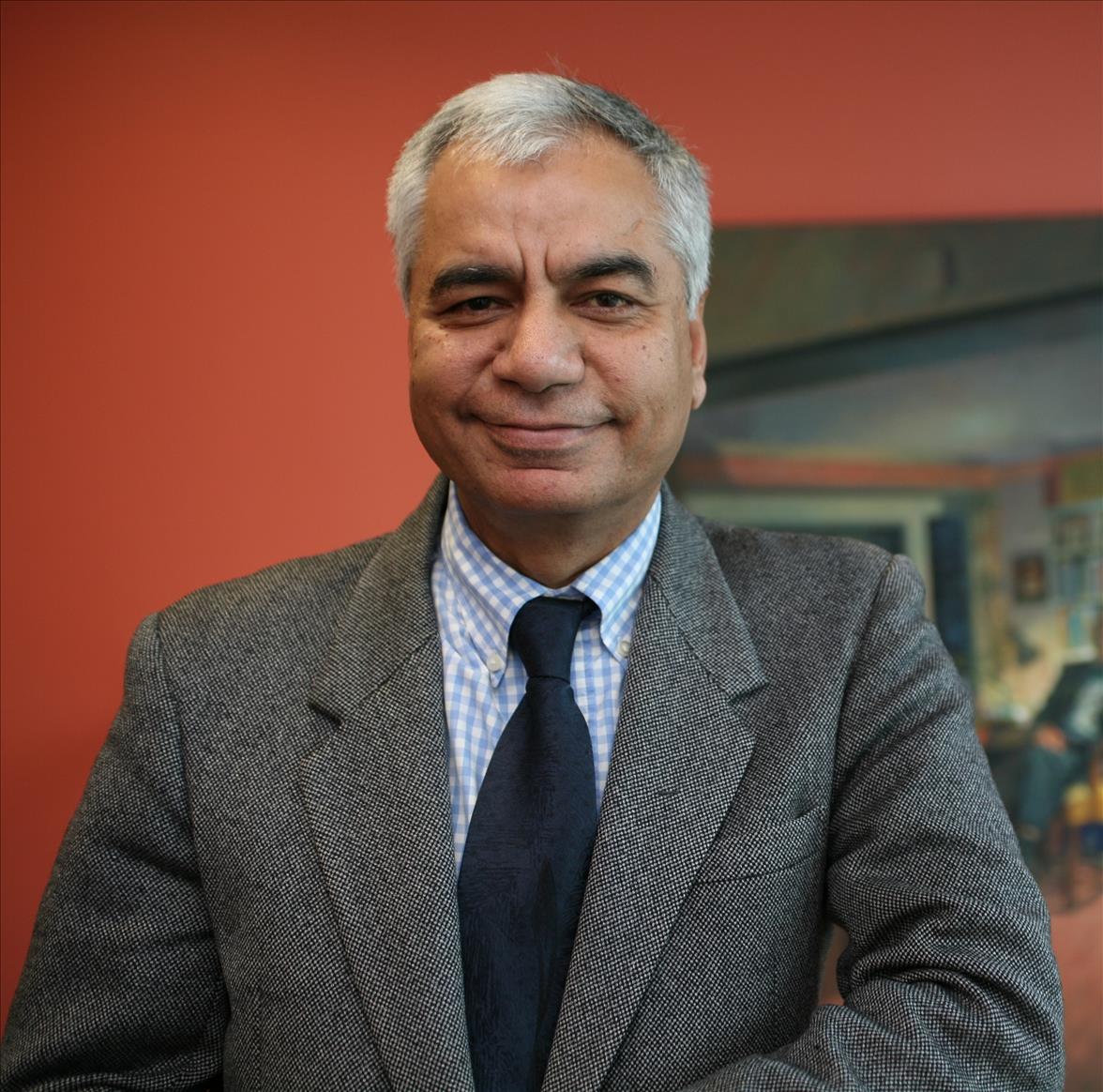 Paul Dhillon (not his real name) is a 28-year-old bachelor, employed in a bank.
Paul Dhillon (not his real name) is a 28-year-old bachelor, employed in a bank.
One day, while crossing the street he was nearly run over by a heavy loaded truck.
He was not physically hurt but was extremely shaken. Since then, he is scared to venture outside his office or home and avoids public transport.
His GP arranged cognitive behaviour therapy with a specialist. His condition has improved and today he works out at a gym and attends mindfulness classes.
Panic disorder, phobias, depression and anxiety are called ‘Common Mental Disorders,’ since their incidence is high.
Panic disorder often presents as a sudden and debilitating surge of intense anxiety, causing sensation of difficulty in breathing, rapid heartbeat and rapid breathing. Such disorders may be precipitated by known or unknown factors.
Phobias disturb
Phobias are related to an irrational and disproportionate sense of fear of a setting, object or situation. Fear makes people to avoid situations, which in turn exacerbates their plight.
Anxiety, panic and phobias can lead to depression, which will complicate treatment strategies. If a person has phobia of heights, he or she may feel well until they are in a high rise building or looking out from a balcony.
When faced with danger, individual response is fight or flight. The underlying aim of anxiety is to avoid the threatening situation. The symptoms can be psychological and physical.
In addition to feelings of being worried, tension and muddled thinking, the individual may feel tense, sweat a lot, experience cold clammy skin, have palpitations and have difficulty in breathing.
All of us feel anxious from time to time but in some people, anxiety would be strong, intense and prolonged. Such people run the risk of become paralytic and show signs of restlessness, sleeplessness, irritability and anger. They would also find it hard to concentrate on work, study or even in ordinary conversation.
The causes
Changes in brain neurotransmitters produce symptoms. Occasionally, clear stimuli causing anxiety and panic can be identified. These would include certain settings-markets, closed spaces, heights or reptiles such as snakes. Stressful conditions can produce long-term anxiety. People who are vulnerable may continue to feel anxious even after the stimulus disappears. There may be underlying psychoanalytic or behavioural explanations. Stressful life events, excessive caffeine intake, street drugs and other substances can cause anxiety and panic.
Treatment options
These conditions are curable and it is important to seek help early and not suffer in silence. If left untreated for long, it may become difficult to treat them.
A number of treatment options can be used. These include psychological therapies as well as medications. Thorough assessment and investigations may be needed as some physical illnesses can cause anxiety.
Physical exercises, yoga, mindfulness and methods of relaxation will help in managing manage anxiety and feelings of fear.
Behaviour therapy using exposure therapies or cognitive behavioural approaches empower specialists to deal with the physical and psychological symptoms of anxiety, panic and phobias once the triggers are identified.
Mobile Apps
With the increasing use of mobile phones, apps have been developed to help people.
Distracting oneself to think of pleasant and pleasurable things can help in managing anxiety. Talking about the reasons for anxiety with close confidants, friends or families can be useful in garnering support and sharing concerns.
Talking therapies can be accessed through the GP after assessment so that appropriate treatments can be offered.
In some cases, medication such as anti-anxiety or anti-depressants may be needed. They can be affective in the short term but benzodiazepines can cause dependence if taken for far long.
Phobias are treated by cognitive behaviour therapy and behaviour therapy and panic disorders can also be treated using a mixture of models of treatments.
Mind, Mental Health Foundation and the Royal College of Psychiatrists provide helpful leaflets in various languages and can be accessed on the web.
Dr Dinesh Bhugra is Professor of Mental Health and Cultural Diversity at the Institute of Psychiatry, King’s College London and Honorary Consultant at the Maudsley Hospital, where he runs a sexual and couple therapy clinic. He was earlier President of the Royal College of Psychiatrists and Chair of the Mental Health Foundation. He is a Trustee of Care-if. He will take charge as President of the World Psychiatric Association in September 2014. In early 2012, Queen Elizabeth II honoured him with appointment as a Commander of the Order of the British Empire (CBE).






